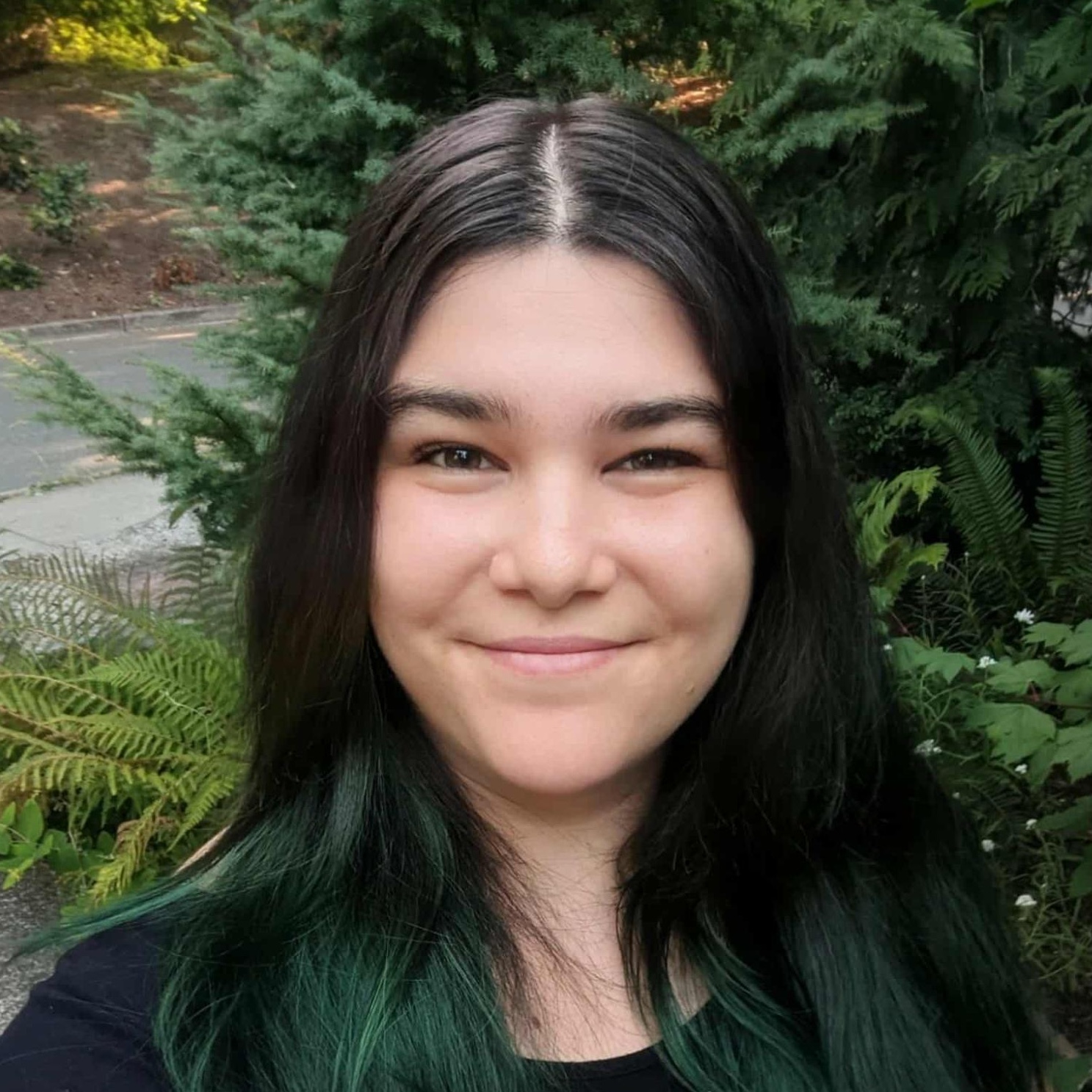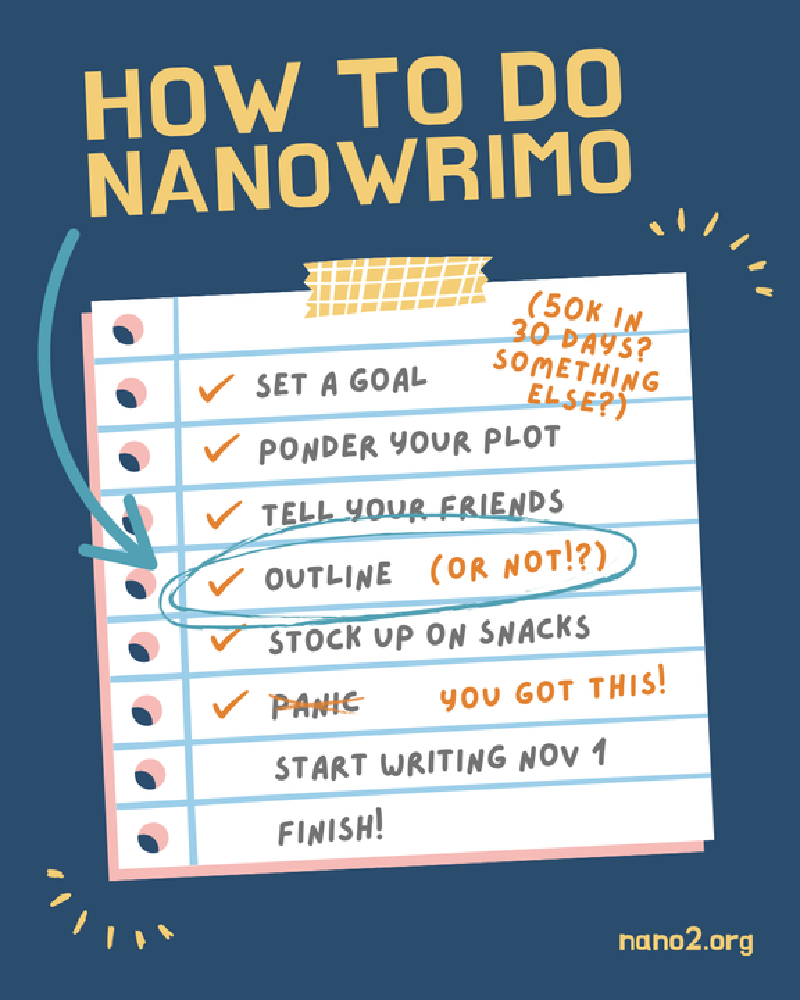Welcome to October! You know what that means–we are less than one month away from the start of NaNoWriMo. Don’t panic! October—affectionately called “Preptober”—is a great time to plan your novel.
If you’re reading this, you’re probably contemplating writing a novel in November, which means you’re about to start an exhilarating, monumental, and somewhat-ridiculous but awesome challenge.
Whether you’re a meticulous “planner,” an impulsive “pantser,” or somewhere in the middle (a “plantser”), you will need to answer a few questions for yourself to be able to understand where you want your story to go.
If you’re staring at a blank page right now and starting to sweat, we’re here for you!
I’m ready to plan! But…where do I start?
Great question! The easiest place to start is with the basic story elements: characters, setting, plot, conflict, and theme. You might also want to think about things like voice (are you writing from the character’s perspective or in 2nd/3rd person?), worldbuilding, the vibe or feel you want to give off in your story, or figuring out your beginning, climax, and ending.
Once you have a few building blocks in place, your story can take shape. Here are a few overviews of narrative structure you may want to explore:
- “The Shape of Story” blog post by Christina Wodke, which outlines the main beats of any story.
- The Snowflake Method by Randy Ingermanson is an exercise you can use to plot your novel from the most basic elements to detailed story beats.
- The Hero’s Journey is a well-known structure often used for fantasy novels.
- Save the Cat! Writes a Novel, originally popularized by Blake Snyder for screenwriting, but adapted for novels by Jessica Brody. Here is an introduction by Jessica Brody and a downloadable beat sheet.
- Brandon Sanderson has a ton of lectures on anything and everything to do with writing, and articles on advice for writing.
- We also have provided some worksheets to help!
You don’t need to use all of these resources! In fact, beware of falling into the alluring rabbit hole of doing too much research. But some novels are much easier to write in 30 days if you do some planning beforehand (looking at you, my NaNoWriMo 2019 magical-murder-mystery novel that was so mysterious even I haven’t solved it yet).
Planning is boring, I want an adventure!
Hey, that’s a valid choice (and often my choice!) It’s totally okay for you to write by the seat of your pants and just jump right in. Reasons I have been a pantser: I meant to plot but ran out of time; I couldn’t decide which story to write until it was go-time; planning felt like too much work and made writing less exciting; I love discovering my story as I go.
Discovery writing is a legitimate writing method, and if you’ve struggled with plotting before, maybe this is the method for you. There are also many ways to get inspiration from daily life:
- People-watch at cafes and write down interesting notes or conversation snippets.
- Take a walk in a pumpkin patch and brainstorm some plot points, or noodle on potential conflicts as you walk/bike/ride your pony to work.
- Take note of your brilliant shower ideas on your waterproof notepad.
- Create Pinterest boards or playlists to get you in the mindset of the book you want to write.
Is there a middle ground?
Of course, you can also “plants” it! If you’re not a chaos-demon writer like I am, but you’re not a meticulous “must know everything about my novel before I write it” planner either, there are lightweight planning approaches you can try. A few options:
- Use online name generators (here are a few: 1, 2, 3) or look at books of baby names for potential characters.
- Write ideas out in a journal, index card, or on post-it notes.
- Decide the genre you want to write in and look up the main elements you’ll need to incorporate. You can do this by reading some stories in your chosen genre, watching genre movies, or researching tropes. There are also a lot of “master classes” on writing (whether free online lectures, or from dedicated apps like MasterClass itself.)
- Worldbuild as meticulously or chaotically as you want (example: this method for building a world by rolling dice).
- Use the first few steps of the Snowflake Method from above to get a feel for your story without delving in too deep.
- Peruse more options and writer inspiration on our site!
If you need some extra resources, check back in or join our mailing list! We’ll post more Preptober posts throughout the month.
Take a deep breath; you got this!



